Procol • February 24, 2025
Sourcing Optimizer Explained: Boost Your Procurement Efficiency
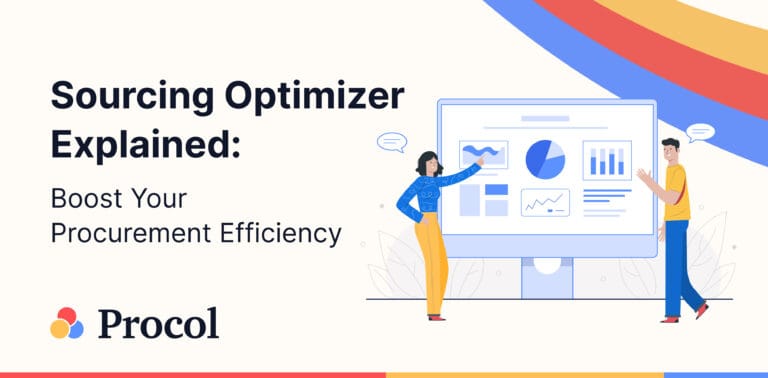
In today’s quick-moving business world, companies always seek ways to trim costs and boost productivity. Sourcing optimization is revolutionizing how organizations handle their procurement processes. The sourcing optimizer is at the core of this change; it is like a powerful tool that changes the game for businesses.
Sourcing optimization software isn’t just a cool gadget; it’s a game-changer for procurement teams. It automates the process and chooses a low-cost supplier that delivers products with reduced risks. This article will explore what sourcing optimization is all about.
What’s Sourcing Optimization?
If sourcing optimization greatly impacts cutting costs and saving time, what does it mean? To optimize means “to make the best use of a situation or resource.” So, in the procurement world, sourcing optimization helps you find the most cost-effective supplier or carrier, given a set of resources, cost, quality, or time limits. It’s all about getting the most value while keeping expenses down.
This process impacts pricing analysis, delivery times, product quality, and supplier reliability. By weighing these elements, companies can make informed decisions that result in big savings and better productivity. In the end, services procurement optimization is a strategic approach to procurement that can give businesses an edge over competitors in today’s fast-moving market.
What is a Sourcing Optimizer?
A procurement enhancer is a cutting-edge software revolutionizing procurement processes and improving strategic sourcing decisions. This robust system uses complex algorithms and math models to examine diverse sourcing options, allowing companies to make informed suggestions for supplier distribution and selection strategies. Procurement enhancers are cloud-based tools that outperform early e-sourcing optimization software. They prioritize user-friendliness, workflow streamlining, vendor collaboration, and scalability. These platforms provide adaptable and robust capabilities for streamlined RFx setup, offer collection, event coordination, and proposal evaluation through a cutting-edge optimization engine.
Critical capabilities of sourcing optimizers include:
1. Holistic supply chain view:
Creates a comprehensive overview of the supply chain to identify the best supplier network configuration.
2. Scenario analysis:
Leverages advanced algorithms to evaluate multiple strategic sourcing options simultaneously, enabling informed decision-making.
3. Risk assessment:
Uses complex formulas to forecast and lessen possible supply chain issues, making the whole system more stable and resilient.
4. Supplier relationship management:
Builds key partnerships with suppliers and helps the supply chain performance.
5. Simulation:
This shows how choosing different suppliers affects factors such as their performance, costs, and other essential factors in the procurement process.
How Sourcing Optimization Works in a Business?
Sourcing optimization evaluates and develops supplier strategies using complex factors and business rules. Organizations use algorithms to find optimal sourcing allocations that meet all constraints.
This process links data analysis, market research, and negotiation but doesn’t involve actual purchases. While customizable, services procurement optimization uses a unified system to increase profitability.
It’s a strategic approach that helps businesses make smarter decisions about their suppliers and resources.
Sourcing Optimizer aims to let users easily define restrictions using simple rules without needing programming skills. It automatically calculates the optimal solution based on these rules, bids, discounts, and qualitative data.
Benefits of sourcing optimization include:
- Increased savings potential
- Better collaboration and transparency
- Reduced cycle times
- More strategic insight and control
- Higher adoption rates
Must-have Features of Sourcing Optimizer
Check out the key features of an advanced sourcing optimizer below:
- Cost Modeling: Analyze all supply chain costs, including sourcing, transport, and inventory. Optimize supplier selection and negotiations for mutual benefit.
- Risk Assessment: To boost supply chain resilience, evaluate risks like supplier concentration, allocation, geographic issues, and market changes.
- Multi-Criteria Decision Analysis: Use sequential services procurement optimization for tactical sourcing decisions based on cost and strategic factors.
- Unlimited Scenario Analysis: Assess multiple sourcing options simultaneously in the cloud to adapt quickly to market changes.
- Sensitivity Analysis: Run thousands of parallel scenarios to test solution sensitivity to cost, demand, and capacity changes.
- Simulation: Validate supplier selections and understand variability in performance metrics and costs. Simulate procurement decisions before implementation to reduce the risks of costly mistakes and improve efficiency.
Sourcing Optimizer Challenges
Here are the key challenges of advanced sourcing optimizer below:
- Traditional sourcing analysis is manual and time-consuming. Complex analyses can take weeks to complete using spreadsheets without optimization software, diverting resources from core activities.
- Analyses often need to be completed due to data limitations. Spreadsheet-based methods lead to disconnected data, hindering thorough analysis.
- Traditional processes need more opportunities for collaboration and knowledge retention, which can impact the overall effectiveness of sourcing strategies.
What are the Benefits of Sourcing Optimization?
Investing in sourcing optimization software offers companies these key advantages:
- Reduced expenses: Sourcing optimization software helps find new vendors, and competition among them lets businesses get the best deals and cut costs.
- Increased Efficiency: Sourcing optimization software automates and streamlines the sourcing process, leading to significant time and cost savings.
- Enhanced Visibility: Advanced analytics and reporting provide greater visibility into spend, supplier performance, and sourcing trends.
- Lower risks: Sourcing optimization software reduces risks by tracking deliveries and rating suppliers, preventing supply chain issues and budget overruns.
- Better vendor ties: These tools give real-time views of bills and timely payments, letting suppliers track, manage, and message buyers to solve problems. More openness and smooth talks build robust and lasting supplier bonds.
- Market insights: Considering all options for goods and services to meet critical business needs ensures picking the source that adds the most value, boosting output and long-term profits.
- Scalability: Sourcing optimization software can be applied across various spending categories, enabling organizations to scale their sourcing efforts.
How to Improve the Sourcing Effectiveness of a Business?
Organizations can enhance their sourcing effectiveness by implementing several key strategies. One crucial approach is to leverage advanced sourcing optimization software. These advanced sourcing optimizer tools employ sophisticated algorithms and mathematical models to analyze various sourcing scenarios, enabling data-driven recommendations for supplier allocation and selection strategies.
To improve sourcing effectiveness, companies should:
Implement holistic supply chain analysis:
Create a comprehensive view of the supply chain to identify the best supplier network configuration. This approach goes beyond assessing direct supplier expenses, delving into a thorough analysis of all facets, including sourcing costs, transportation fees, and inventory expenses.
Utilize scenario analysis:
Leverage advanced algorithms to simultaneously evaluate multiple strategic sourcing options. This capability allows organizations to rapidly adapt to changing market conditions and make informed decisions.
Conduct risk assessments:
Employ sophisticated algorithms to predict and mitigate potential supply chain disruptions. Understanding vulnerabilities before selecting suppliers enables decisions that safeguard against disruptions and enhance overall stability and resilience.
Foster strategic supplier relationships:
Build solid relationships with suppliers to ensure reliable, high-quality goods and services are delivered on time and at the best rates. This approach is vital for an organization’s success and improves overall supply chain performance.
Implement sequential optimization:
Solve for multiple factors simultaneously, enabling tactical sourcing decisions based on the lowest cost and other factors aligned with business strategy.
Utilize simulation tools:
Demonstrate the impact of different supplier selections and the variability associated with performance metrics, costs, and other critical parameters in the procurement process. This reduces the risk of costly mistakes and enhances operational efficiency.
Adopt hyper-scalable architecture:
Evaluate multiple strategic sourcing options simultaneously in the cloud, accelerating the sourcing process and improving adaptability to rapidly changing market conditions.
Employ sensitivity analysis at scale:
Create and run hundreds to thousands of scenarios in parallel to test the solution’s sensitivity to transportation cost, demand, and capacity availability changes.
What are the Future Trends in Sourcing Optimization?
Thanks to technology breakthroughs and shifting market trends, the future of advanced sourcing optimizers is revolutionizing procurement processes. As companies aim to boost productivity and become more resilient, several key developments are taking shape in sourcing optimization.
1. Artificial Intelligence and Automation:
AI and automation are changing service procurement optimization. Machine learning will automate tasks like inventory management, and RPA will take over manual jobs such as invoice processing.
2. Cloud-Based Solutions:
Cloud technology offers procurement flexibility and cost savings. Cloud-based platforms provide easier integration than on-premise solutions.
3. Risk Management and Resilience:
With global supply chains, risk management is crucial. Organizations are investing in risk professionals to monitor for disruptions.
4. Innovation and Supplier Collaboration:
Companies are partnering with suppliers to develop new technologies, marking a shift to more dynamic procurement practices.
5. Agile Supplier Management:
An agile approach is required for supplier management. This involves understanding supplier capabilities and adapting to market changes quickly. The agile framework encourages customer-centric decision-making in the supply chain.
Wrapping Up
Sourcing optimization software impacts how companies manage their procurement processes. By applying complex formulas and fact-based insights, businesses can increase their output, cut expenses, and improve their decisions about choosing and managing suppliers. Using advanced sourcing optimizer helps organizations tackle challenging issues, from checking risks to forming critical supplier bonds while adapting to shifting market trends.
Explore more from Procol
Discover expert tips, how-to guides, industry insights, and the latest procurement trends.
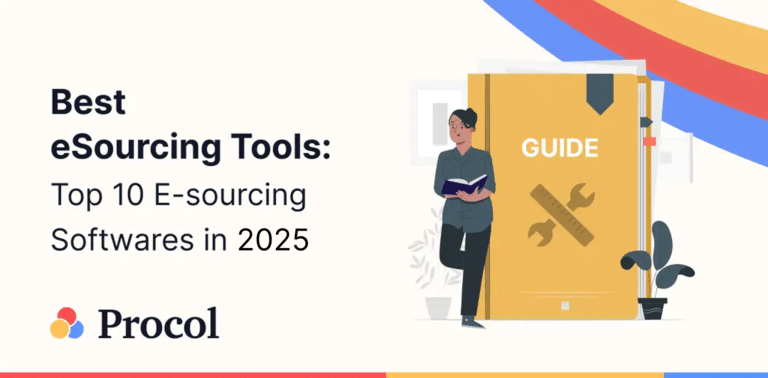
Best eSourcing Tools: Top 10 eSourcing Software in 2025
Discover top 10 e-sourcing tools and esourcing platforms necessary for efficient...
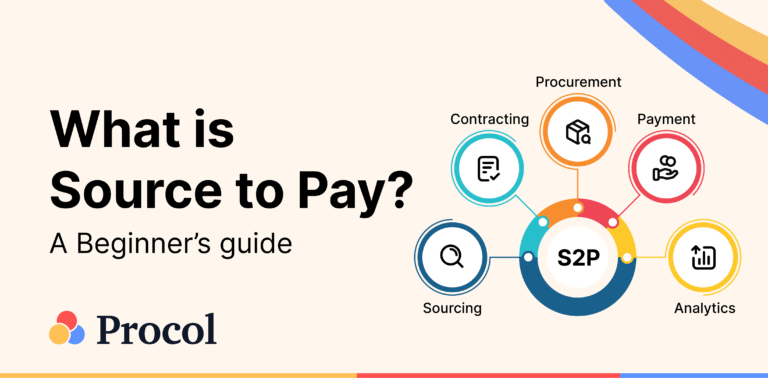
What is Source-to-pay in 2025? An Ultimate Guide
Source to pay is the process of sourcing vendors to procure...
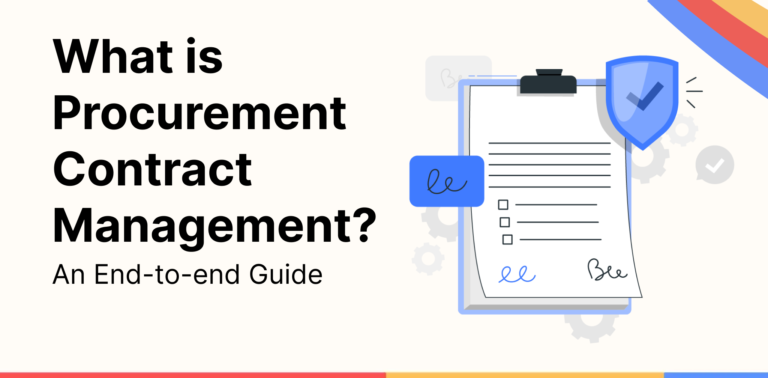
End-to-End Guide to What is Procurement Contract Management?
Wondering what is procurement contract management, then this end-to-end guide explains...

